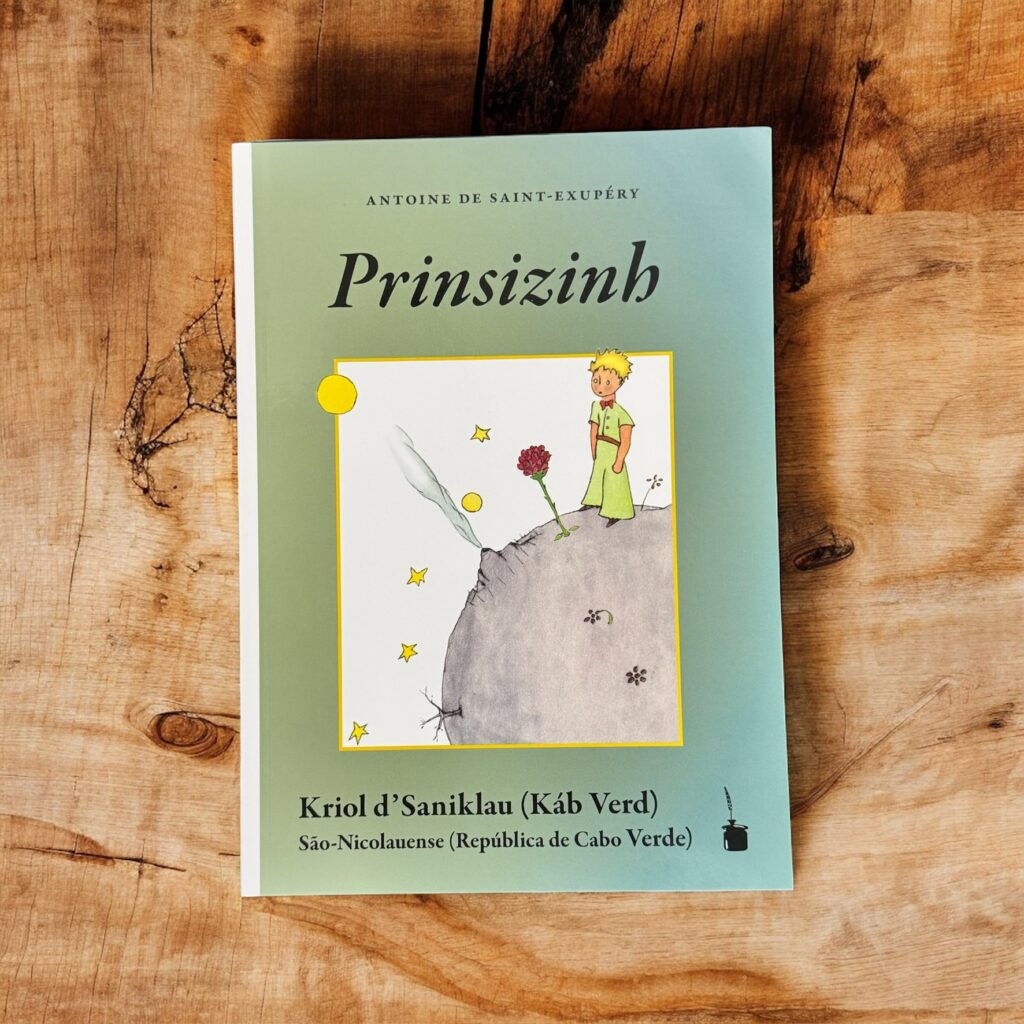
Prinsizinh — in São-Nicolaunse.
The Creole of São Nicolau, locally known as Kriol d’Saninkau, is a captivating variety of Cape Verdean Creole spoken on the mountainous island of São Nicolau in the Barlavento (windward) group of the Cape Verde archipelago. As part of the upper-Guinean Creole family, it descends from 15th–16th century Portuguese intermingled with West African languages, developed through contact among Portuguese colonisers, African slaves, and local populations during the early Atlantic slave trade. Though it shares a common origin with other Cape Verdean creoles, Kriol d’Saninkau exhibits distinctive phonological features, syntax, and intonation patterns—for example, a more conservative use of consonant clusters and retention of archaisms—which set it apart from varieties like those of Santiago or São Vicente.
Historically, São Nicolau was one of the earliest settled islands, once home to a seminary and an important intellectual hub in colonial times. Despite its small size and relative isolation, São Nicolau developed a strong local identity, and the creole spoken there became both a medium of daily life and a vessel for oral storytelling, communal memory, and religious expression. Folk songs (morna, coladeira), riddles, and lullabies in Kriol d’Saninkau are deeply woven into the island’s cultural life, reinforcing ties across generations. Even today, local music and poetry continue to use the dialect as a symbol of authenticity and emotional connection.
In relation to its neighbouring creoles, Kriol d’Saninkau is intelligible to speakers of other Cape Verdean varieties, particularly within the Barlavento group (including Santo Antão and São Vicente), but it remains distinct in rhythm and pronunciation. Compared to the Sotavento creoles of the southern islands (such as Santiago or Fogo), it appears more linguistically conservative, less influenced by recent lexical borrowings, and marked by a slower, more melodious cadence. These subtle differences are not merely linguistic curiosities; they are expressions of regional pride, shaping how identity is performed and perceived across the archipelago.
Despite the dominance of Portuguese as the official language of education and administration, Kriol d’Saninkau remains the true language of the heart—used in family life, informal communication, and cultural expression. Efforts to preserve and formalise Cape Verdean Creole—including regional orthographies and literature—have gained traction, and Kriol d’Saninkau continues to play a vital role in preserving the island’s intangible heritage, maintaining the rhythm, humour, and memory of a community that has long balanced insularity with global exchange. To hear or speak this creole is to be transported into a uniquely Cape Verdean world: poetic, resilient, and profoundly rooted in both history and place.


